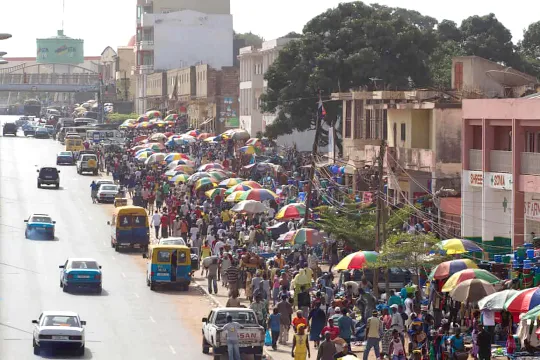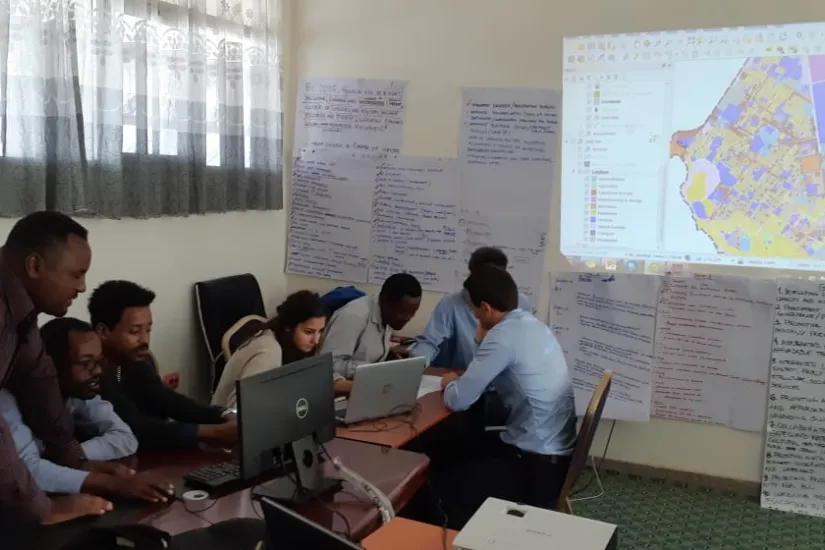
Planning process in Hawassa, Ethiopia, UN-Habitat
Introduction
Ethiopia is witnessing the rapid transformation of its urban landscape as a result of high levels of economic growth, averaging 10% a year, which the country experienced over the past 15 years.
Hawassa is the fastest growing city countrywide, with a population of 387 000 people and a growth rate of 4%. In July 2016, the Industrial Park Development Corporation (IPDC) opened the first phase of the Hawassa Industrial Park (HIP). In 2019, 37 sheds were rented to investors, while 15 additional sheds were under construction. The key issues to be addressed mainly concern the urban (and cluster-regional) planning of the city under this new industrial scenario, as well as the imminent and future housing, transport and solid waste.
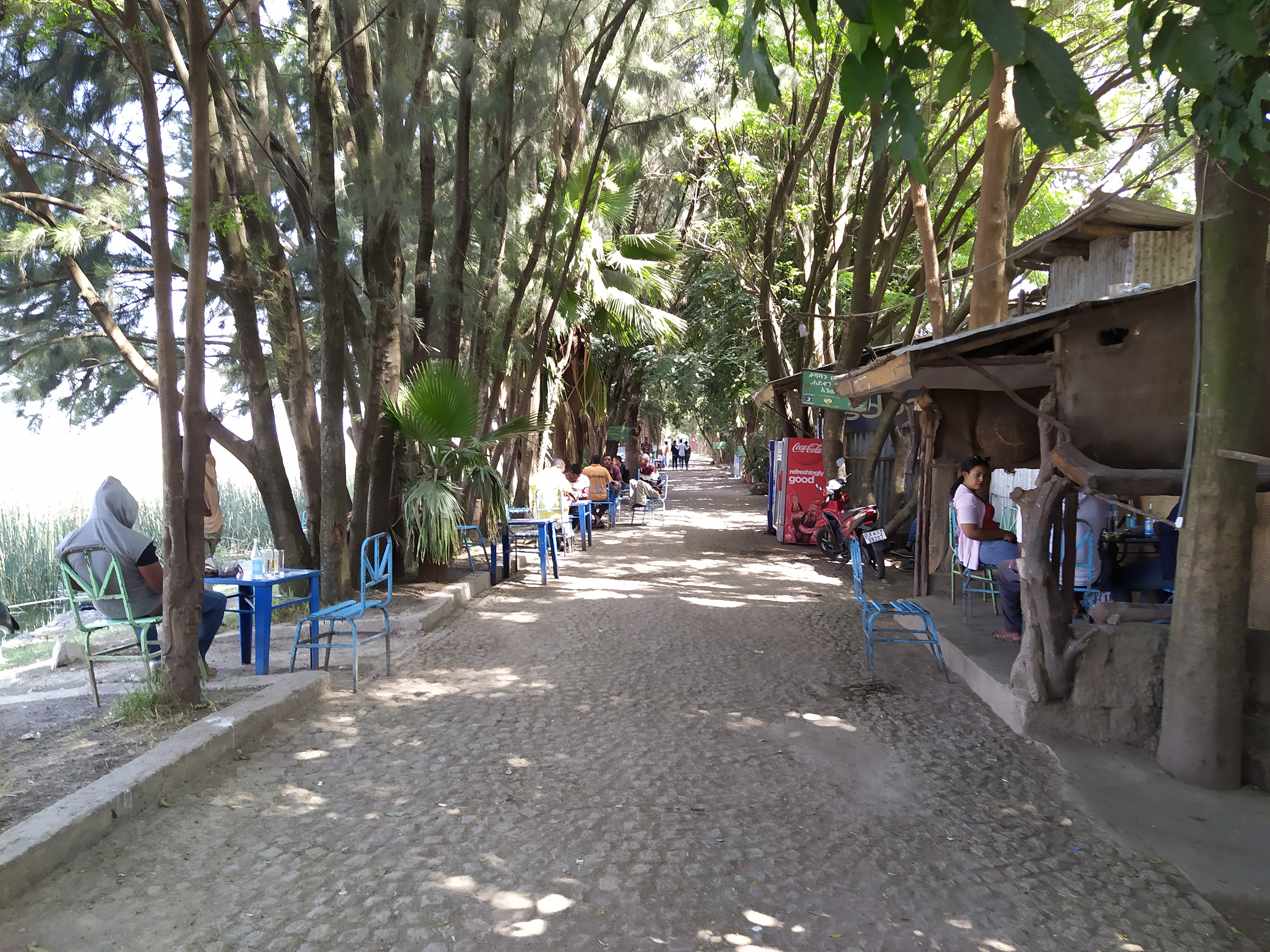
The overall goal of this project is to support the sustainable development of the Hawassa city cluster by providing technical assistance to improve and steer the on-going rapid urban growth of the city triggered by the recent operationalization of the HIP, in order to contribute to a more sustainable structural, social and economic transformation of the city, its surrounding areas and the region.
Context and background
Ethiopia is located in the Horn of Africa, the country has around 105 million inhabitants and it is characterised for being predominantly rural; the country’s urban population will triple in absolute numbers between 2010 and 2040, because the urbanisation is accelerating and the growth is driven by continued migration to urban areas. The capital Addis Ababa accounts for a large part of this urbanisation trend but there are another seven urban growth poles with a population higher than 150 000 people: Hawassa city is one of these nodes. Hawassa is the urban growth pole of South-Eastern Rift urban cluster, located on the railway connecting Addis Ababa to Kenya. This urbanisation hugely influences the general growth of the country.
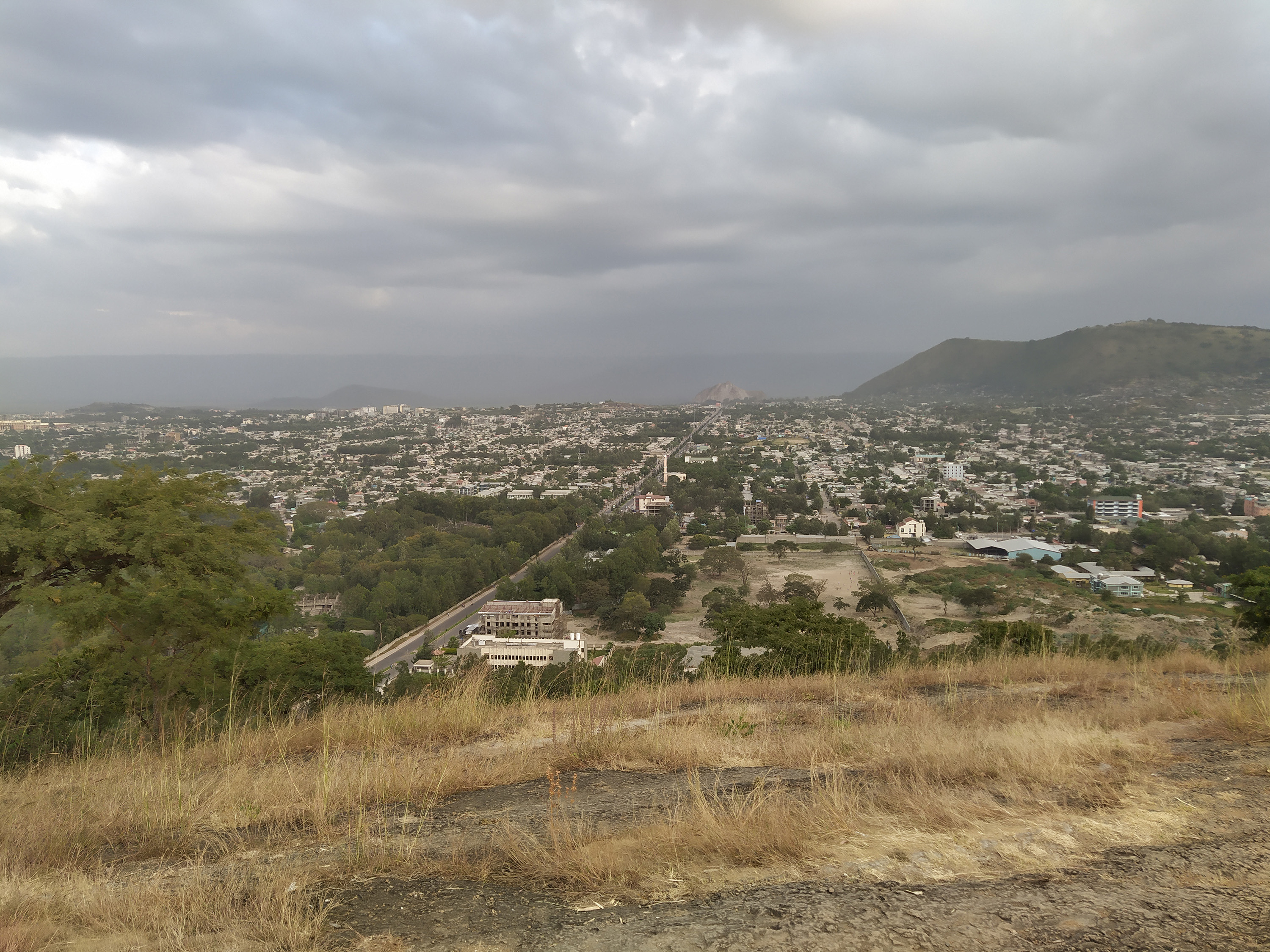
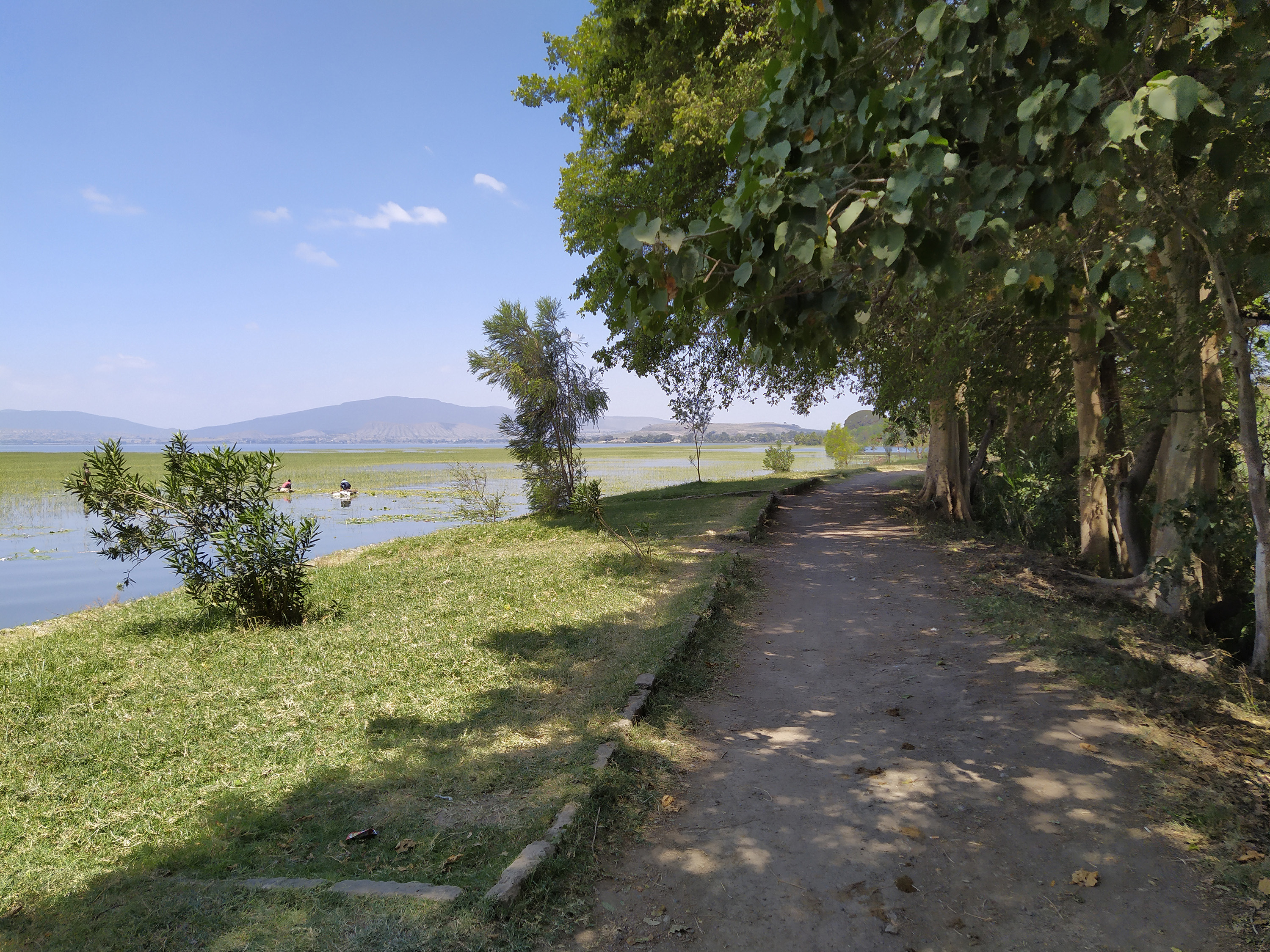
Under this project, UN-Habitat provided technical expertise to Hawassa’s City Administration, which is responsible for land use planning and management in the areas surrounding the HIP. The aim is to progressively create sufficient local capacity and to reinforce coordination with the HIP, IDPC, the regional government and other concerned stakeholders.
Plan and process
Hawassa City Administration requested as a starting point three priority sectors to be analysed: housing, transport and solid waste. The approach for the development of the Structure Plan is cluster-oriented. Moreover, there was an incremental, participatory, consultative and investigative urban planning process, as it relied on information from surveys with Hawassa citizens, workshops with city planners and consultations with local experts –e.g. Regional Planning Institute, Hawassa University. Our City Plans embedded some of these experiences, such as the use of summarised sustainable urban planning theories to help build and increase the value of urban land.
Resource for the development of Our City Plans
The experience from the development of the Hawassa City Structure Plan has been resourceful for the consolidation of Our City Plans methodology. Specifically, as Our City Plans focuses on participatory incremental planning processes, the Hawassa City experience is an example of how participatory activities – such as surveys and workshops – are a great source of information that makes the community more aware and the planners more considerate of the population’s needs.
Some of the participatory activities included in Our City Plans were developed based on the activities carried out during the making of the Hawassa City Structure Plan, selecting the ones that worked best and adapting those which could potentially give better results or needed changes to be more flexible.
Results
The specific objective of this project was to provide on-the-job technical assistance, progressively build the required capacity of the Hawassa City Administration and strengthen the coordination with the HIP, IDPC, the regional government and other concerned stakeholders to cope with the urbanisation impacts of the industrial park, with focus on spatial/urban planning, housing, transport and waste management, at the city cluster scale.
The final result of this process is a Spatial Analysis/ City Profile and a City Strategic Plan.

